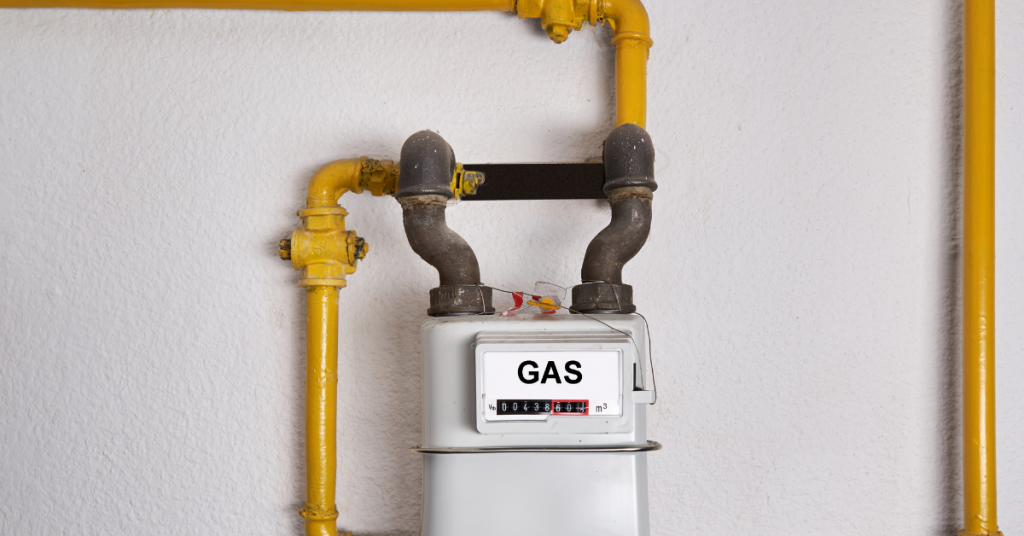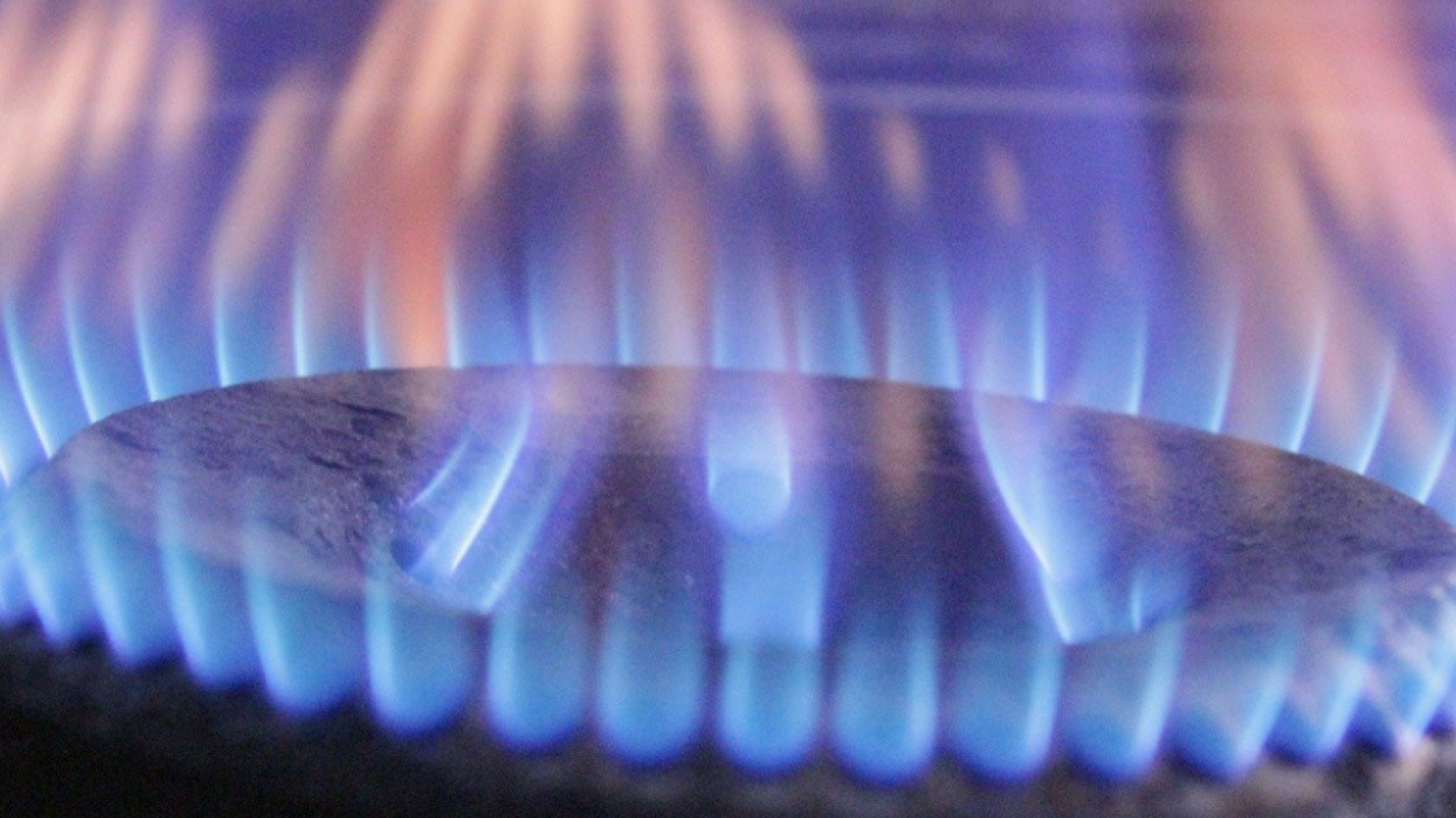Guest contribution by Kieran Donoghue from Boardroom Energy
Over five million households and thousands of businesses are currently connected to the gas network in Australia. The imperative of decarbonisation means that over the next two decades they will have to change the way they meet this energy need. Gas networks are looking at ways to maintain the viability of their networks by switching to supplying renewable gases such as clean hydrogen and biogas. But success at scale is by no means ensured and so it’s time to start planning for what would happen if most consumers leave the gas network and use electricity instead.
Some consumers will make the switch without too much trouble and likely find their overall energy costs are lower than before. But there are many other consumers who will face some significant barriers to switching away from gas. These include renters, low-income households, culturally and linguistically diverse (CALD) communities, apartment dwellers who use gas for cooking and heating and some businesses for whom alternative sources to gas as a manufacturing input are not yet viable.
These customers face rising gas costs as they have to shoulder ever more of the – largely fixed – costs of the gas network. Worse, at some point, it may no longer be economically viable to supply gas to them. If this happens without sufficient notice, consumers could be left with no gas supply.
Read our report to discover the challenges of declining gas demand (PDF, 1.02MB)

For a test case of what winding down the network might look like, see the small town of Esperance in Western Australia. The owner of the local gas network announced in September 2021 that it was no longer commercially viable to operate the gas network and it would cease supply from March 2022. Following negotiations, the state government announced a package of support that included deferral of the cut-off date to March 2023, an information campaign, and subsidies and support for the few hundred residential and business customers reliant on the network. The budget amounts to $27,400/connection. This cost would be prohibitive if scaled up to the 5 million households in Australia with a gas connection. However, there should be economies of scale for larger groups of network customers in the major cities. Recently it was reported that as the cut-off date is looming, many customers are still dependent on their gas supply and there have been pleas to push the cut-off date back until everyone has made the switch. So, even in a small town with generous government funding and 18 months notice, the transition is still challenging for consumers.
With careful planning and co-ordination among governments, gas networks, consumer groups and other stakeholders, the risks of harms to gas customers can be avoided or at least minimised. And it is likely to be a few years before the problems really start to manifest. This means there is still time to plan, but we must start putting plans in place now so that no one is left behind.
My report into these issues looks at all these challenges and more and should prove a useful starting point for anyone concerned with the risks to consumers arising from this transition. I’d like to thank Energy Consumers Australia for funding the report and all the organisations who provided input to my research.
